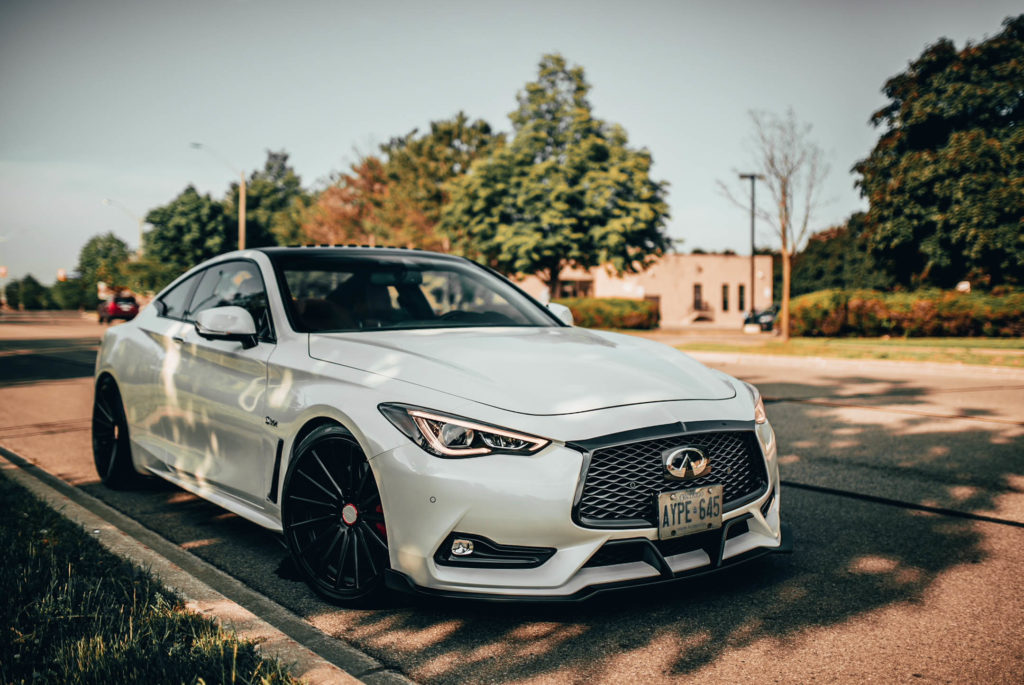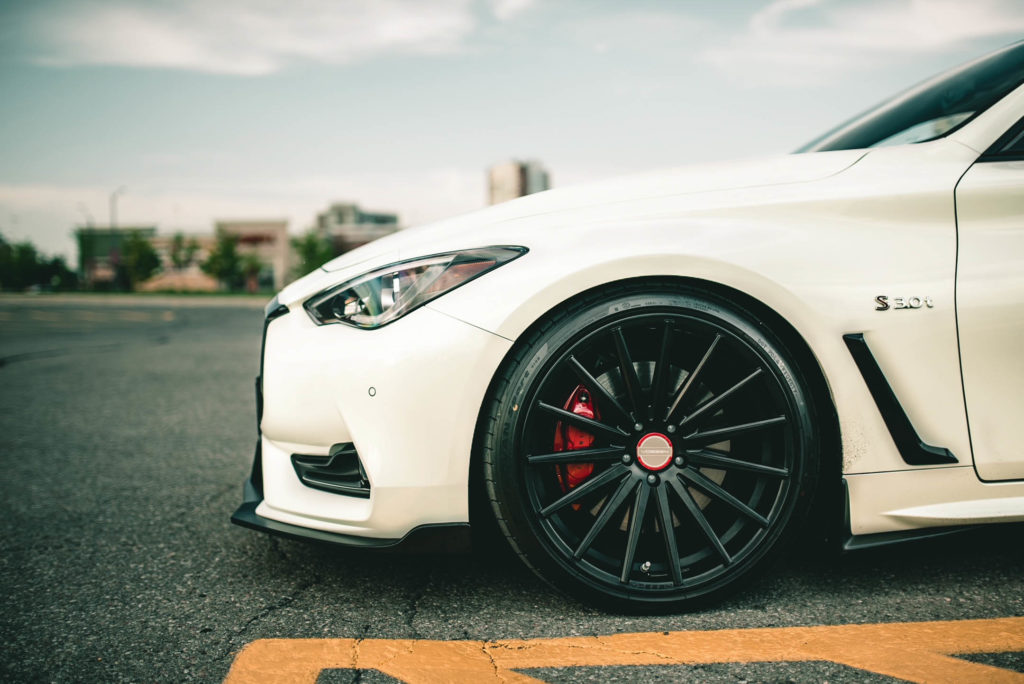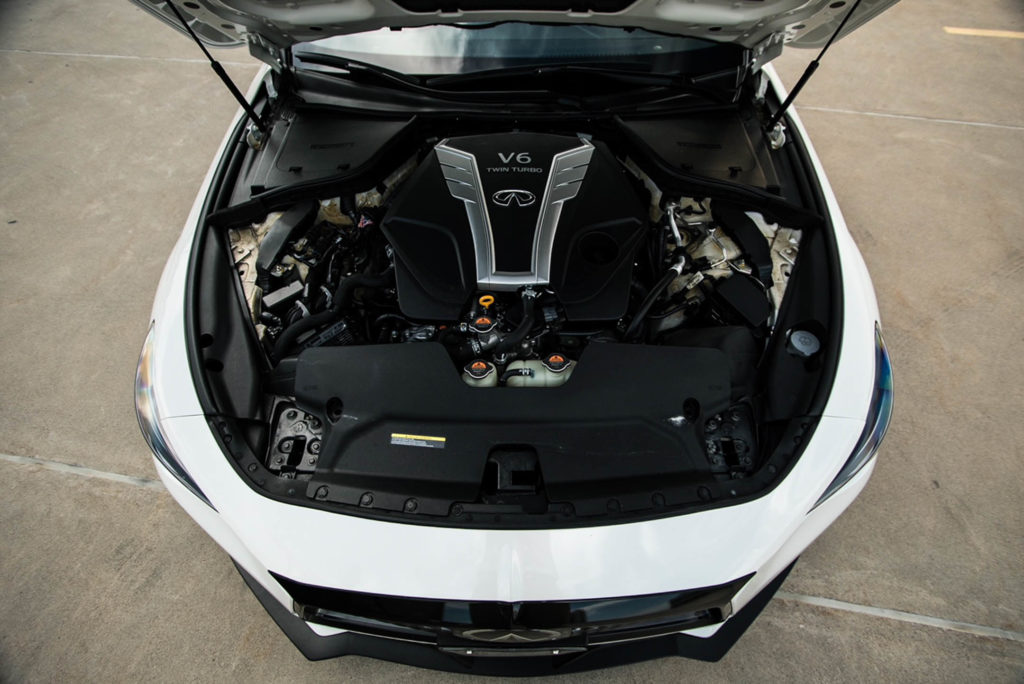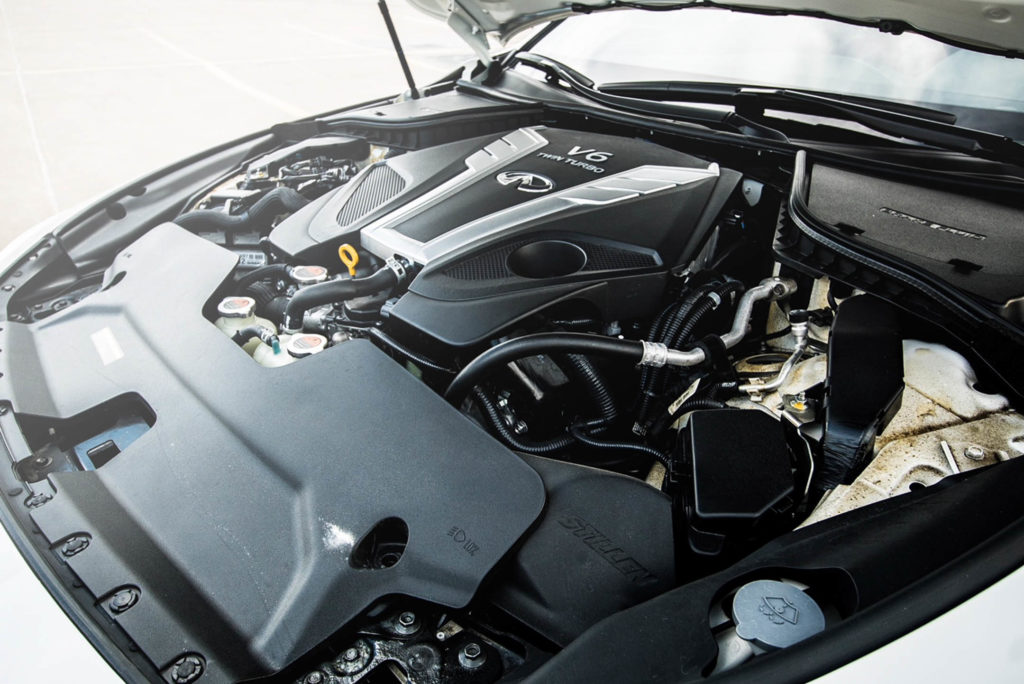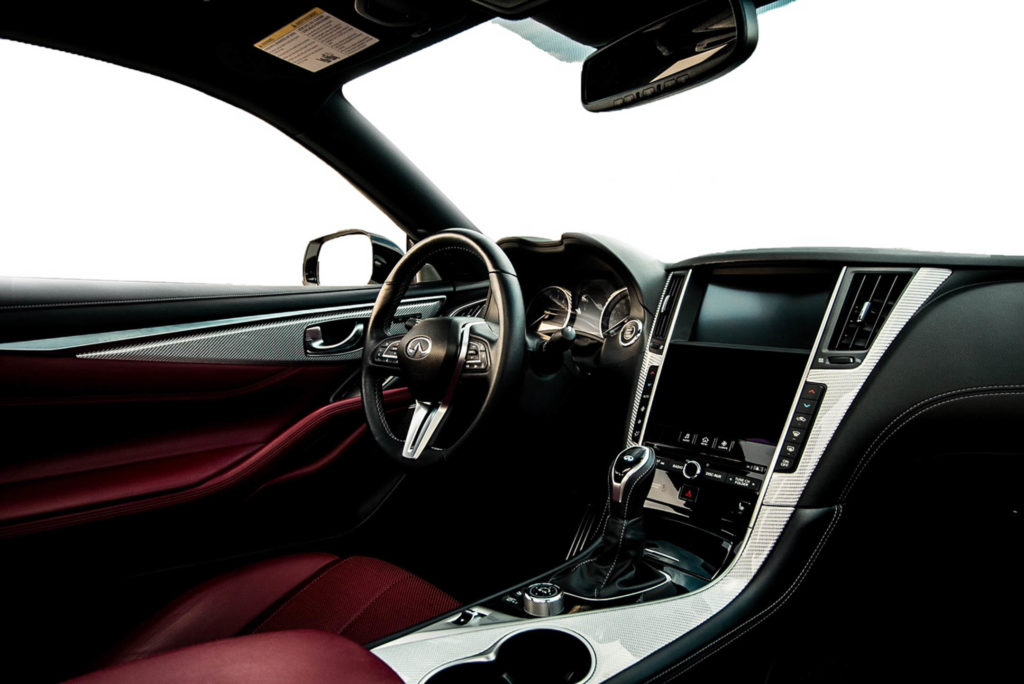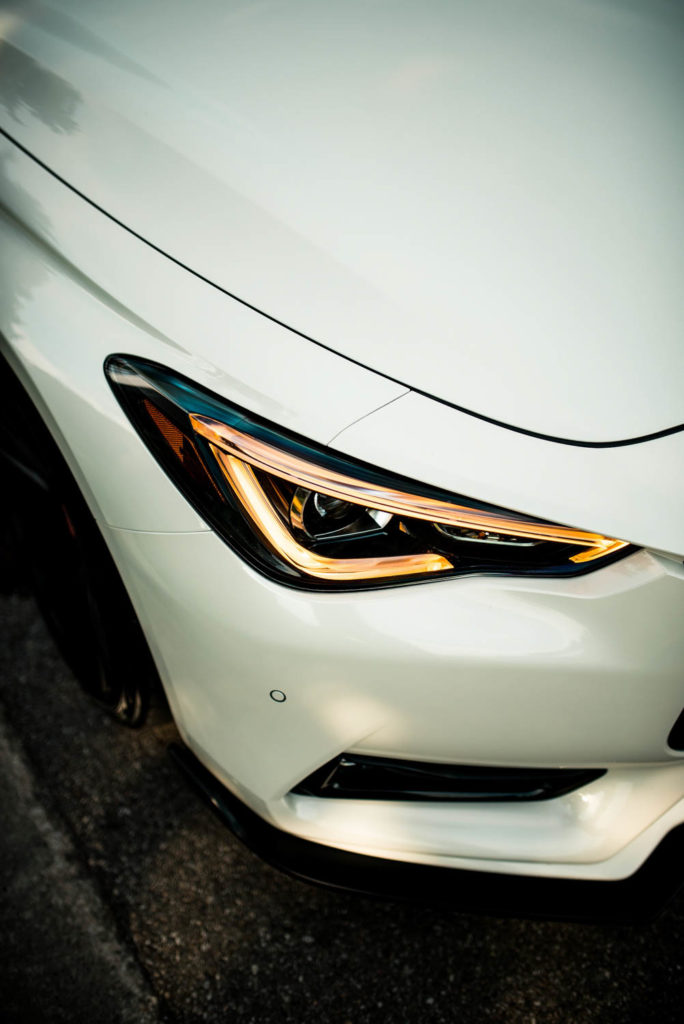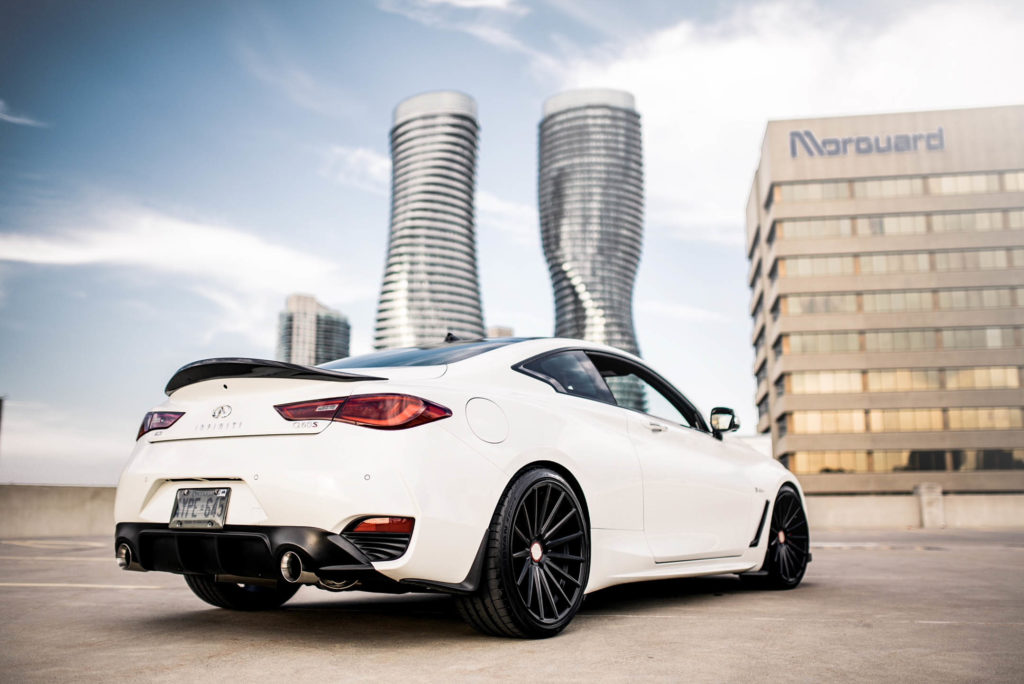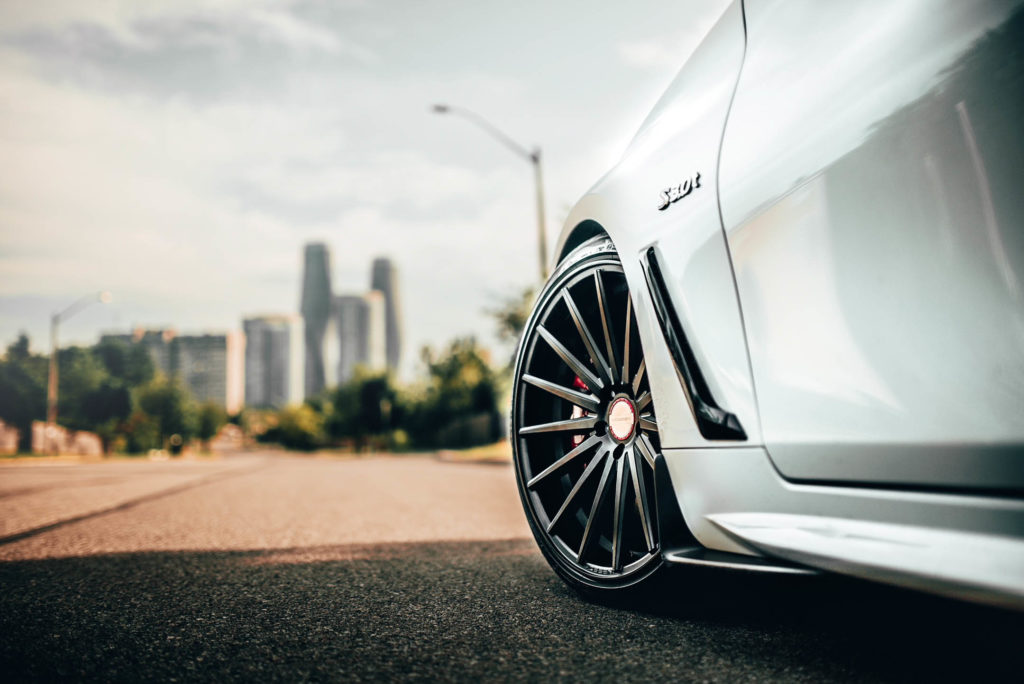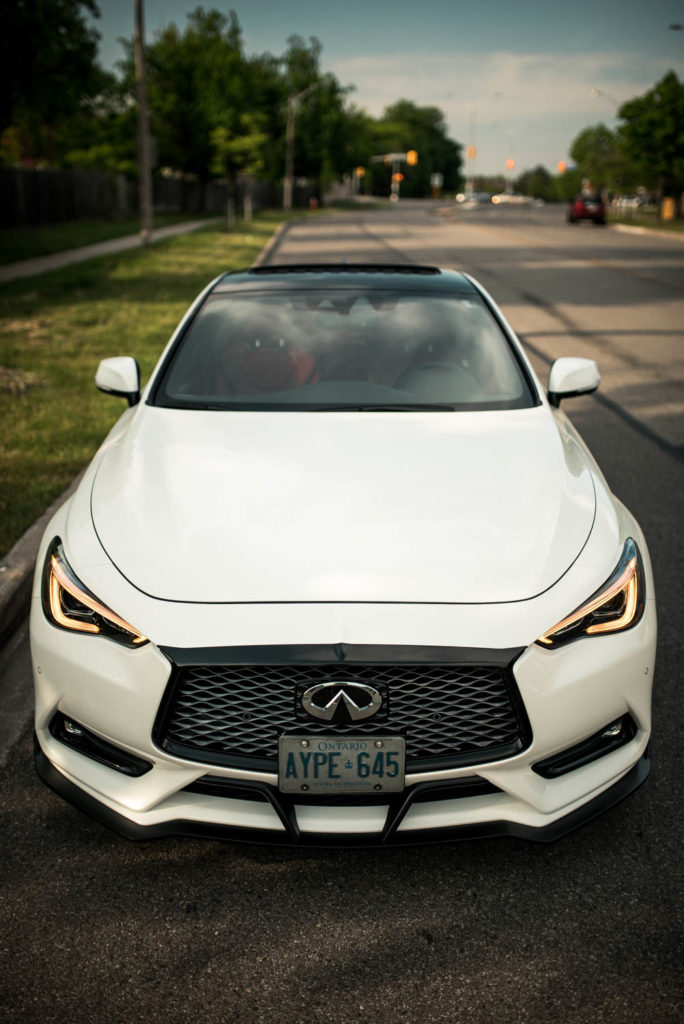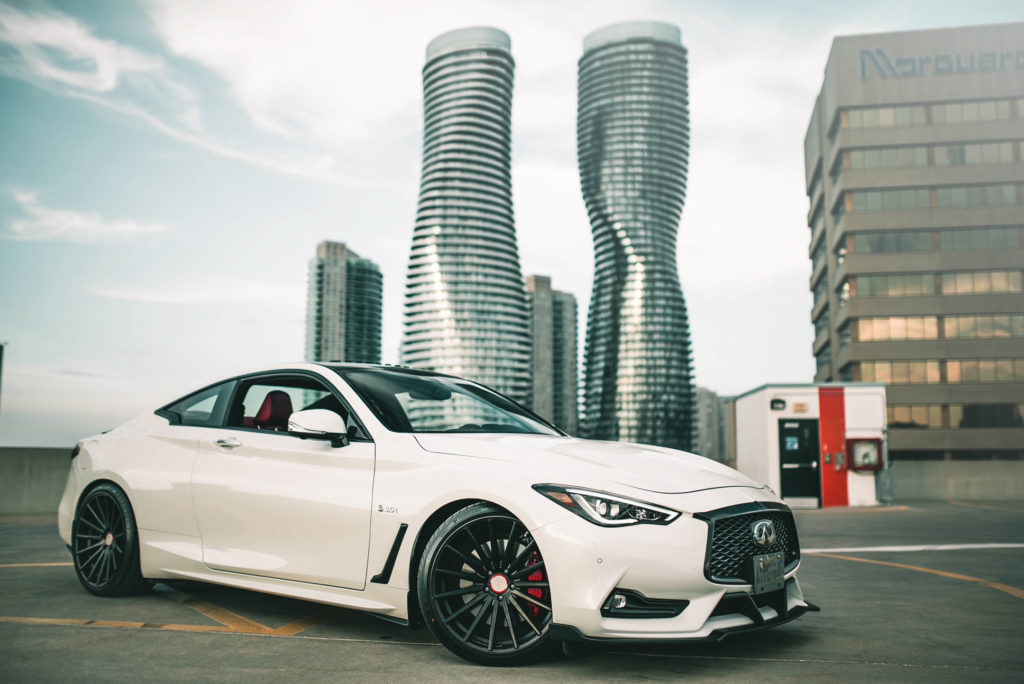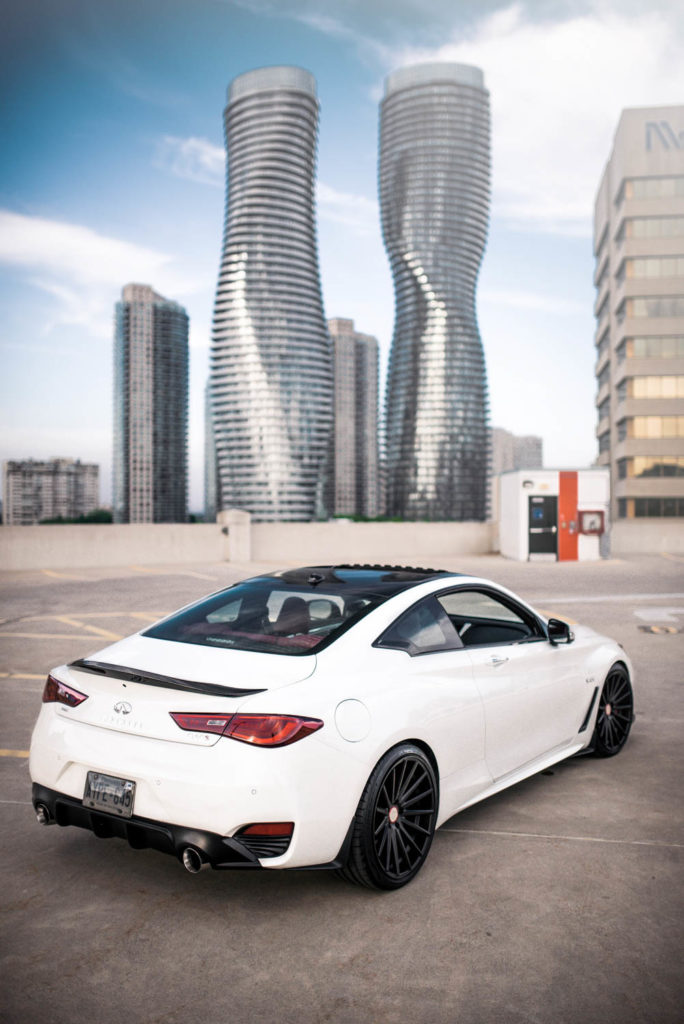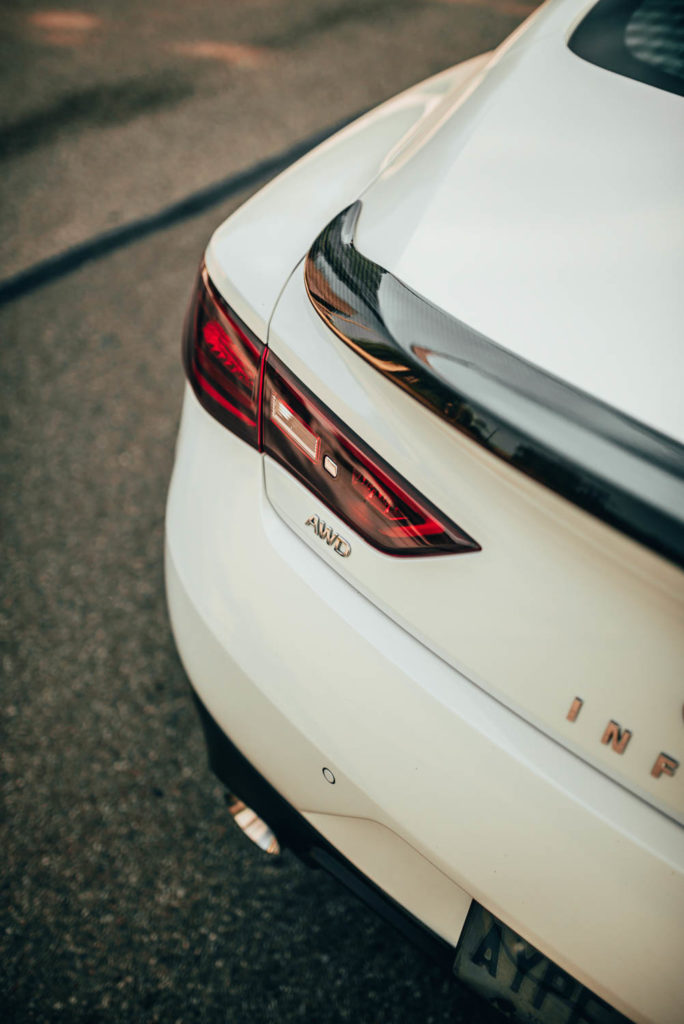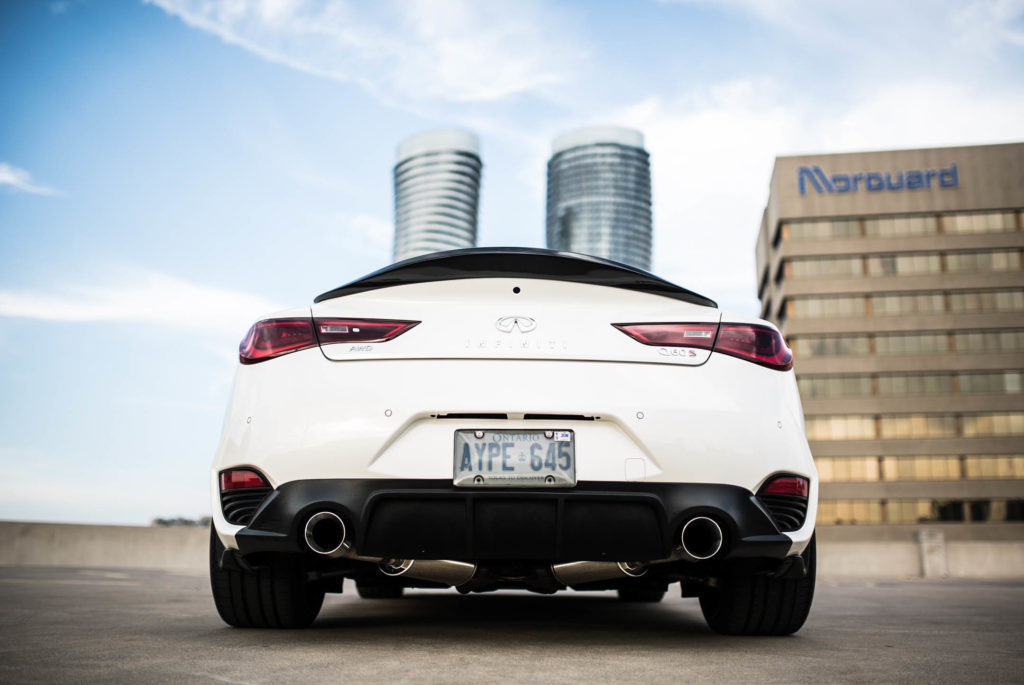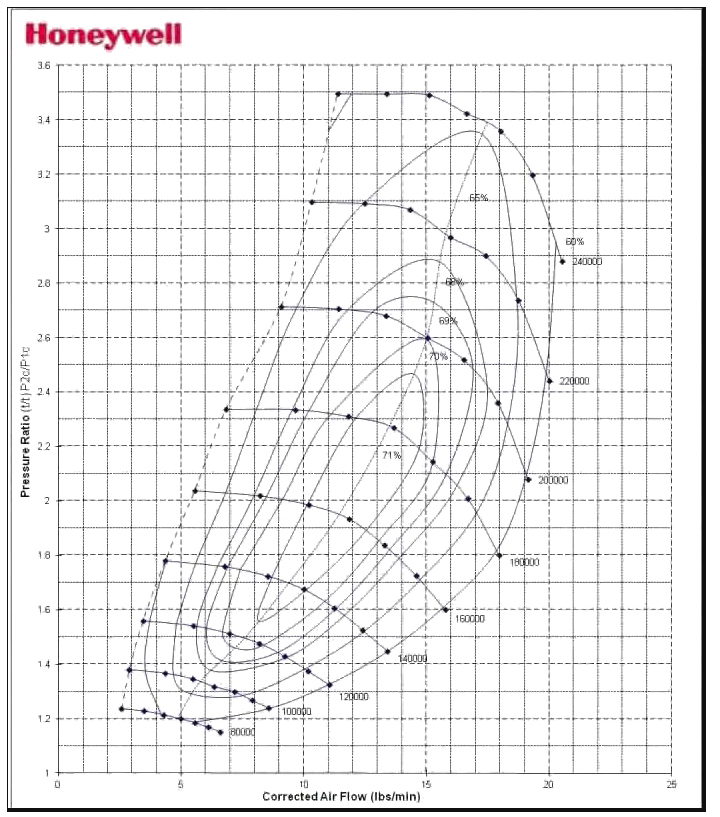Kyle from STILLEN was able to test drive the new 2023 Nissan Z and he taught the Z was absolutely amazing. His done exactly what anybody with the keys to the new Z would do. He has taken the Nissan Z through a canyon road near his home and it was an absolute blast to drive.
It handles extremely well, just hugging every single turn. No tire squeal, no drama. It just soaks it up and it just goes. Point and shoot steering, you get on the throttle and the rear end starts to come around.
The Nissan Z has excellent power delivery from the VR30 V6 Twin Turbo 400 horsepower platform. It’s absolutely phenomenal to drive. You can definitely see the areas of enhancement that Nissan has made to the new Z.
STILLEN can’t wait to get there own Z and start to make some improvements. But again, these are improvements and modifications that are for the enthusiasts. They’re going to be for the enthusiasts who wants that extra power. The enthusiast that really wants to push it a little bit further and this car is going to respond so well to it. You can already tell that the new Z wants to go faster and wants to push harder.
From a styling perspective, Nissan has really hit a home run for the new Z. This is one of the best looking cars on the road. “I have to be honest, I didn’t love the original photos I saw. I didn’t think that the front end was really what I was looking for. As soon as I saw the Z in person for the first time, I knew I was wrong. The photos just don’t do it justice. This is a good looking car.” – Kyle.
The front end of the Z is designed to look like the older Datsun Z, similar to a 240 and a 260. Then you move around to the back of the Z and you get that 300ZX rear end immediately. The tail lights are a modern 300ZX tail lights, they’re absolutely fantastic. We can all agree that the rear tail lights are the best part of the design of the vehicle.
The katana down the roofline of the car is a very cool easter egg, but overall it’s just an amazing car. From a performance perspective, it handles incredibly well. You can tell that the power is there as soon as you put your foot down. It just scoots and gets going right away. This car wants to run, it wants to run hard, and you can already tell it’s going to be a lot of fun.
Steve Millen History
In 1989 our company founder, Steve Millen, started working with Nissan. Nissan hired Steve to be the lead driver for their new sports car program. They were bringing in the 300ZX at the time. They were going to bring in two race cars; number 75 and number 76. It was a twin turbo V6 VG30 based engine and they took those cars to dozens of race wins, dozens of pole positions, two world championships, wins in Asia, Europe and America.

To this day, I believe Steve Millen still holds the record of being the only driver to win the 24 hours of Daytona, the 12 hours of Sebring, and the 24 hours of Le Mans in the same year. They had a crazy amount of success with that 300ZX racing program.
Steve really translated that success on the track into STILLEN’s road car program. He also worked very closely with Nissan, refining the 300ZX and giving them more power and developing all these parts through STILLEN.
Towards the end of the 300ZX in 1995, Nissan celebrated his relationship with them as well as the culmination of the Z. They built a special limited edition SMZ 300ZX. It was a Steve Millen design 300ZX. This was a car that you could also buy through your local dealership. They only made a little over 100 cars in North America and these cars were sold through the dealer network.
The dealers would call up STILLEN, and they would place their order for the cars. All the SMZ packages were the same. It was just the color of the vehicle that was different. The SMZ package came with different wheels, brakes, body work, and a little bit more power through an intake and exhaust. I think there was a computer reprogram and some interior enhancements too.
The SMZ package was a 300ZX that you could buy from the dealership with the factory warranty. That’s the type of relationship STILLEN has with Nissan. Working with Z’s goes through our blood, all the way back to the late 80’s and early 90’s.
When the 350Z came out it was very much the same. We didn’t do a SMZ package, but we did a whole catalog of parts for the 350Z. That catalog of parts included exterior styling, sway bars, intakes, exhaust systems, oil coolers, transmission coolers, supercharger systems, you name it. At one point, STILLEN had about 30 different products for 350Z. That really speaks to the STILLEN’s philosophy when it comes to the Nissan Z’s. The relationship that STILLEN has with the Z is strong.
We don’t want to just do an intake or exhaust. A lot of the times when STILLEN brings other vehicles in for product development, that’s all we’re doing. We’re just doing an intake and an exhaust system, maybe a body kit.
On the Z’s we tackle the entire car. It becomes a passion project for STILLEN because of that relationship and that connection that STILLEN has to the Z and to Nissan. We really want to refine it as best we can. So we’ll go front to back, top to bottom.
The Z’s are so special to us that we just want to give them as much attention and as much love as we can. That basically comes out by all the parts and all the enhancements that we make for the Z’s.
2023 NISSAN Z

We continue to work and develop new parts for the 2023 Nissan Z. The new STILLEN products are nearing their completion. Make sure to have your social media notifications on to be the first to hear about the new products. Hopefully your as excited as we are to bring the new products for the 2023 Nissan Z.









